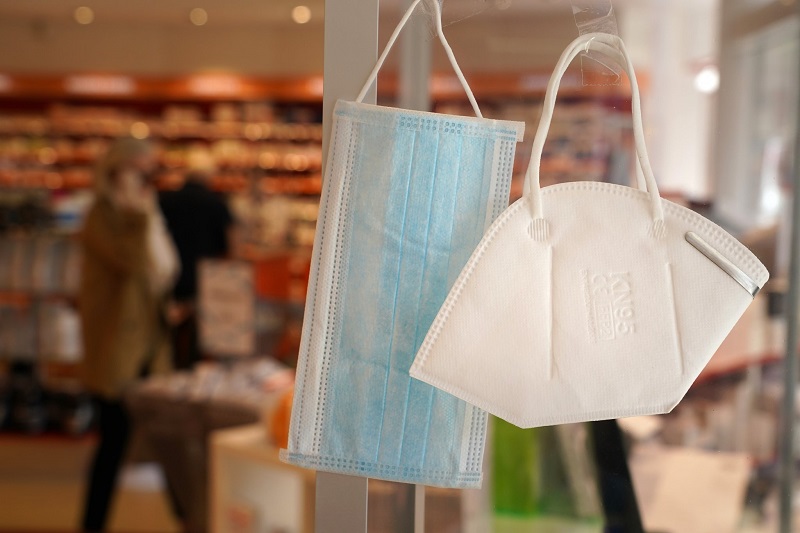
By M. Isabelle Chaudry and Emily Ranson
The writers are, respectively, a senior policy analyst for worker justice with the Center for Progressive Reform, and Maryland director of Clean Water Action. They are writing on behalf of Marylanders for Food and Farmworker Protection.
Although vaccination rates continue to rise and coverage on COVID-19 is fading away from prominent news dashboards, our rates are still higher than in summer 2020. While we still adapt to living and working with COVID-19, we must prepare for future public health emergencies so we do not lose another year figuring out our response.
While many provisions of the Maryland Essential Workers’ Protection Act (MEWPA) expired when Gov. Larry Hogan ended Maryland’s state of emergency, one important, future-looking provision remained. Under the law, the Maryland Department of Health is required to develop a template catastrophic health emergency preparedness plan.
The statutory requirement is supposed to provide a plan we can reach for if we are faced with future pandemics. We need to have the best practices, plans and lessons learned compiled and prepared for the next disaster.
Unfortunately, the Maryland Department of Health sought to fulfill its statutory requirement to develop a template catastrophic health emergency preparedness plan pursuant to the MEWPA by citing a link to a business continuity plan already developed by FEMA posted on the Maryland Department of Emergency Management website.
On Sept. 21, Marylanders for Food and Farmworker Protection, a coalition of 15 organizations and individual experts working together for basic health and safety protections for poultry workers, crab pickers and field workers in Maryland sent a letter to the Maryland Occupational Health and Safety Department and Maryland Department of Health expressing our concerns with the deficiencies in their plan. The letter also highlighted that there is nothing in FEMA’s business continuity plan that affords any protections to workers from infectious disease.
The letter highlighted that the agencies noncompliance would “fail to meaningfully comply with the legislative directive to develop a template for a catastrophic health emergency, potentially leaving Maryland unprepared for a similar public health crisis in the future.”
At minimum, the group advocated that a template catastrophic health emergency preparedness plan should include emergency workplace safety standards to be implemented by MOSH for future infectious disease outbreaks, consistent with state and federal law; (1) A plan for making employers and employees aware of such standards and how to file complaints about the failure to meet them. Maryland could look to laws passed by New York and Virginia as examples, (2) A protocol for transparent reporting of positive cases, including a plan for tracking cases by workplace and publicly disclosing cases by industry and occupation, consistent with BLS codes, (3) A plan to ensure essential workers have access to PPE, testing and vaccinations as they become available.
On Oct. 14, the state responded with their justification that the FEMA Small Business Continuity Plan was sufficient but by relying on an existing plan that was not impactful in shaping the state’s response to COVID-19, we are doubtful that this plan will be a useful tool in a future, infectious disease outbreak.





 Creative Commons Attribution
Creative Commons Attribution